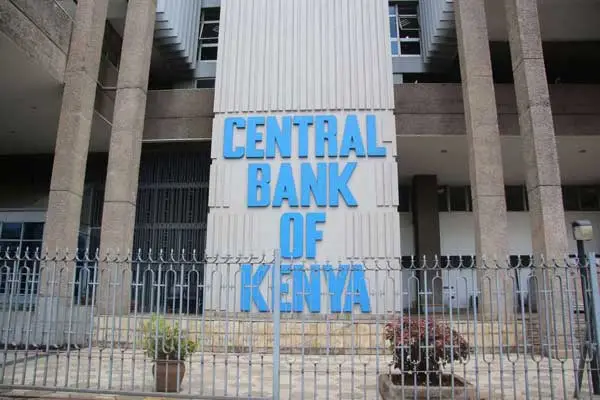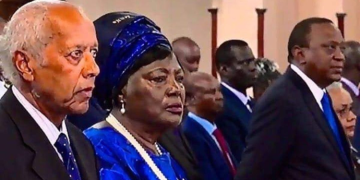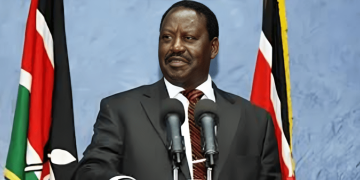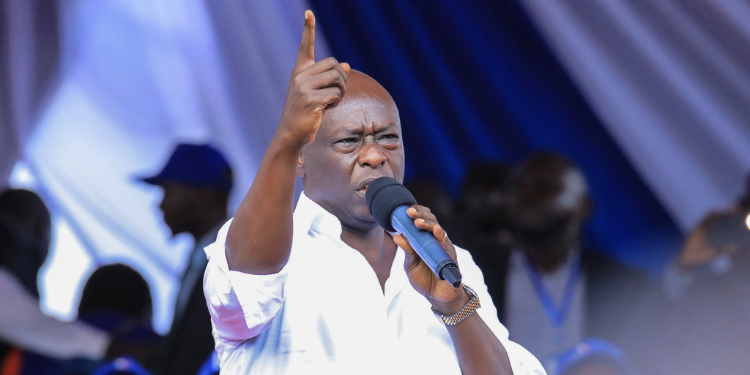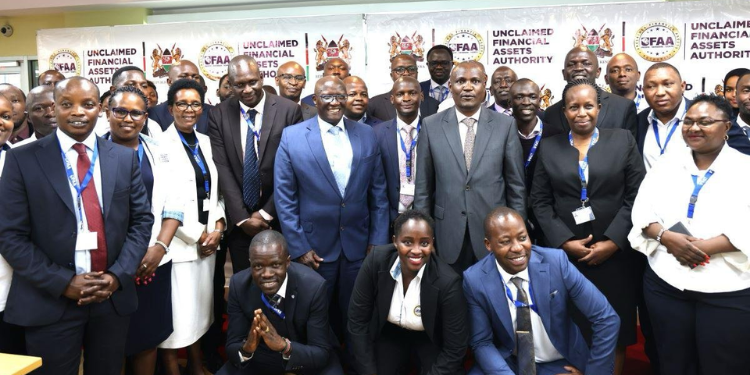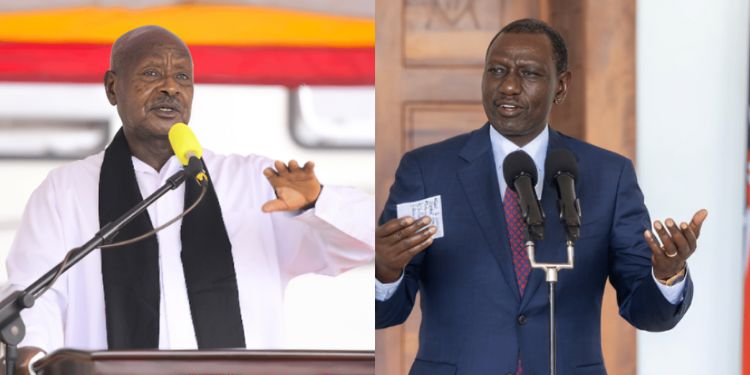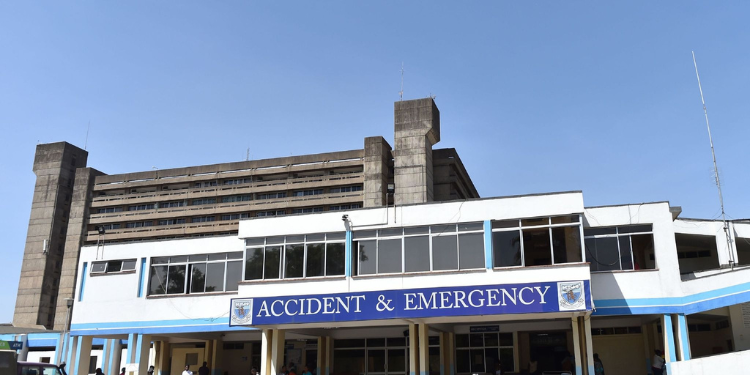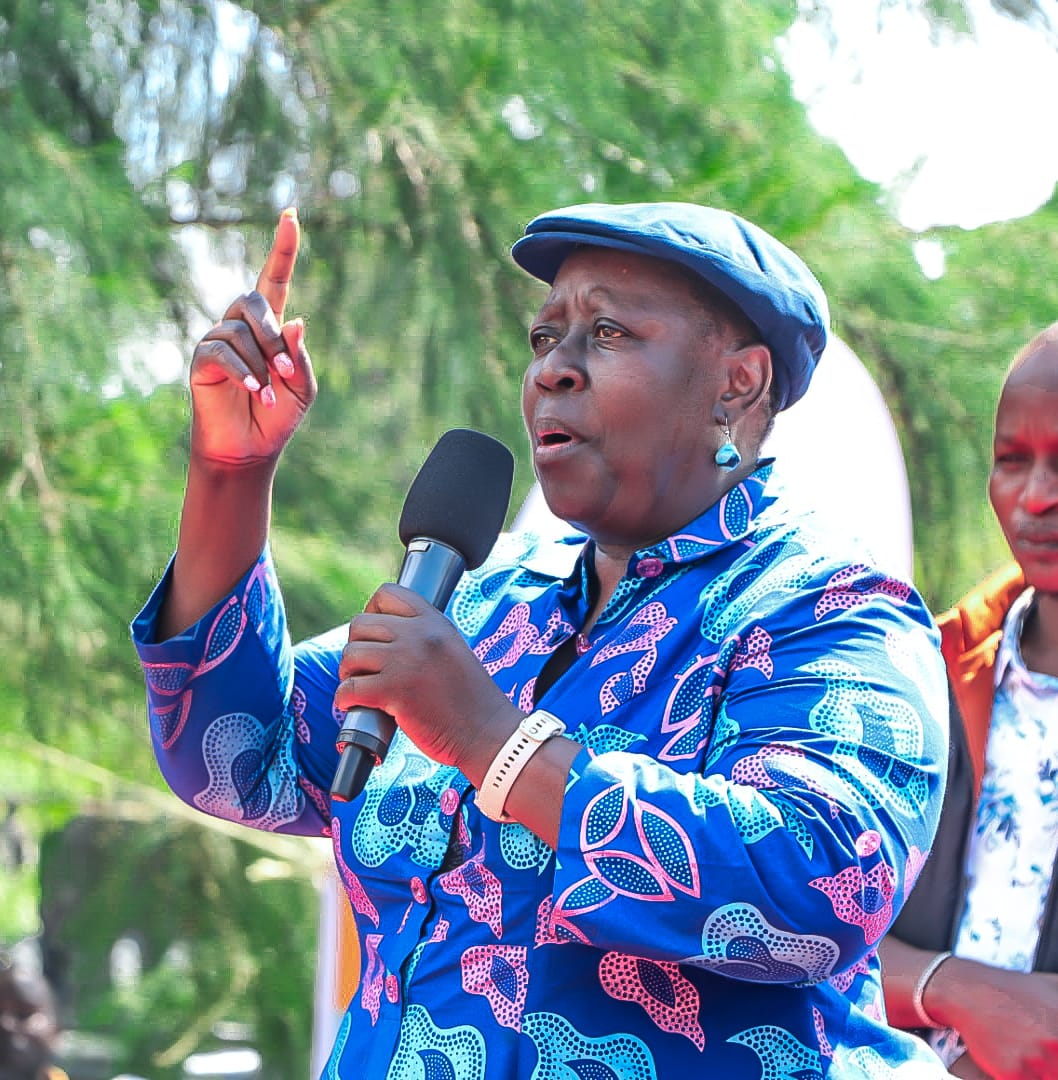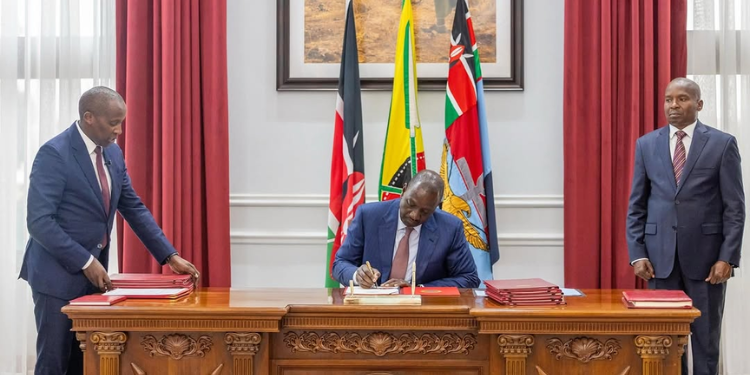In the past nine months, there has been a progressive decline in the yield on treasury bills and treasury bonds. The Central Bank of Kenya, CBK, has also slashed the central bank rate (CBR).
Most specifically, treasury bills are offered in three tenors, viz: 91 days, 182 days and 364 days.
Treasury bonds are medium-term to long-term with the tenor ranging from 1 year to 30 years, and their interest rate is fairly stable.
In November 2024, the average yield on treasury bills with 91 days, 182 days and 364 days tenor was 13.06%, 13.41% and 14.15% respectively.
By March 2025, the average yield on treasury bills of the aforementioned tenors was 8.88%, 9.13% and 10.45% respectively.
With discerning scrutiny, one notices that between November 2024 and March 2025, there was a near 50% decline in the net yield across the tenors.
Central Bank Rate (CBR) as a Key Driver of Yield Decline
It is worth noting that the yield on treasury bills is mainly predicated on the central bank rate (CBR), which is the benchmark rate used by the Central Bank of Kenya (CBK) to signal commercial banks to correspondingly price their lending rates.
During the November 2024 Monetary Policy Committee (MPC) meeting, the CBR was pronounced to be 10.5%, and it is reviewed every two months and has been declining gradually and during the June 2025 MPC meeting, it was pegged at 9.75%, which will hold for the next two months unless there emerges a contingent need for review.
The implication of the gradual reduction in the CBR has been to manage the interest rate regime in the economy and also acting as a deliberate pointer by CBK to commercial banks to lower their lending rates, which has been undertaken with a lot of reluctance.
Inflation Control Versus Economic Realities
Additionally, the CBR has been used as a tool to manage inflation, with the inflation rate having been maintained at below 5% over the past six months.
A floor rate of 2.5% and a ceiling rate of 7.5% are the recommended inflation rate limits and serve as the envisaged lower and upper targets set by the Central Bank of Kenya.
The MPC monitors the economic fundamentals and accordingly sets the benchmark rate, whose focus is to rev up the economy.
However, economic dynamics indicate that interest rate as a macroeconomic tool loses its stimulus especially when there are incessant downward reviews which seem out of touch with the real economic situation.
Also Read: CBK Clarifies Interest Rate Caps in New Loan Pricing Model
This partly explains why although the official inflation rate has remained at below 5% in the past six months, majority of the populace cannot feel relief in the economy, with prices for basic goods remaining at near constant levels, hence the unending complaints about tough economic conditions.
Investor Flight and Economic Implications of Low Yields
The drastic reduction in the yield on Treasury bills, which has been occasioned by the lower interest rate regime being pushed by CBK, has seen investors shying away from putting their money in the short-term government paper.
This explains why on a number of occasions since January 2025, there have been cases of under-subscriptions where investors, both institutional and personal, have simply shied away from the CBK auctions owing to the low yields.
It means that as time goes by and with rates likely to plummet further, many investors are now checking out for alternative investment avenues whose returns may be fairly reasonable, but in some cases riskier.
Although lower treasury bill rates mean lower borrowing costs on the part of the government, it is the case that with corresponding low lending rates charged by some commercial banks as a result of reduced CBR, there is the danger of individuals, corporates and the government taking up pronounced commitments.
Also Read: CBK Opens Online Survey to Tackle Gaps in Credit Cost Platform
Additionally, low yields on treasury bills have a direct effect on business models for commercial banks, pension funds and insurance companies, whose investments in the short-term government paper are massive.
Investors facing a dent on income
Most individual investors, who are the majority investors in treasury bills which are deemed to be a more secure investment vehicle, depend on the interest earnings, but are now faced with a dent on their income that has almost halved, and that bears a direct impact on their consumption spending, which will correspondingly decline.
As time goes by, CBK must remain sensitive and closely discern the projected economic fundamentals against the obtaining economic realities so that the adopted low-interest rate regime does not stifle the economy in the long term.
This article was written by Dr. Patrick Dan Mukhongo, a Project Management Consultant.
Follow our WhatsApp Channel and X Account for real-time news updates.
